Eco-Alternatives to Balloons!
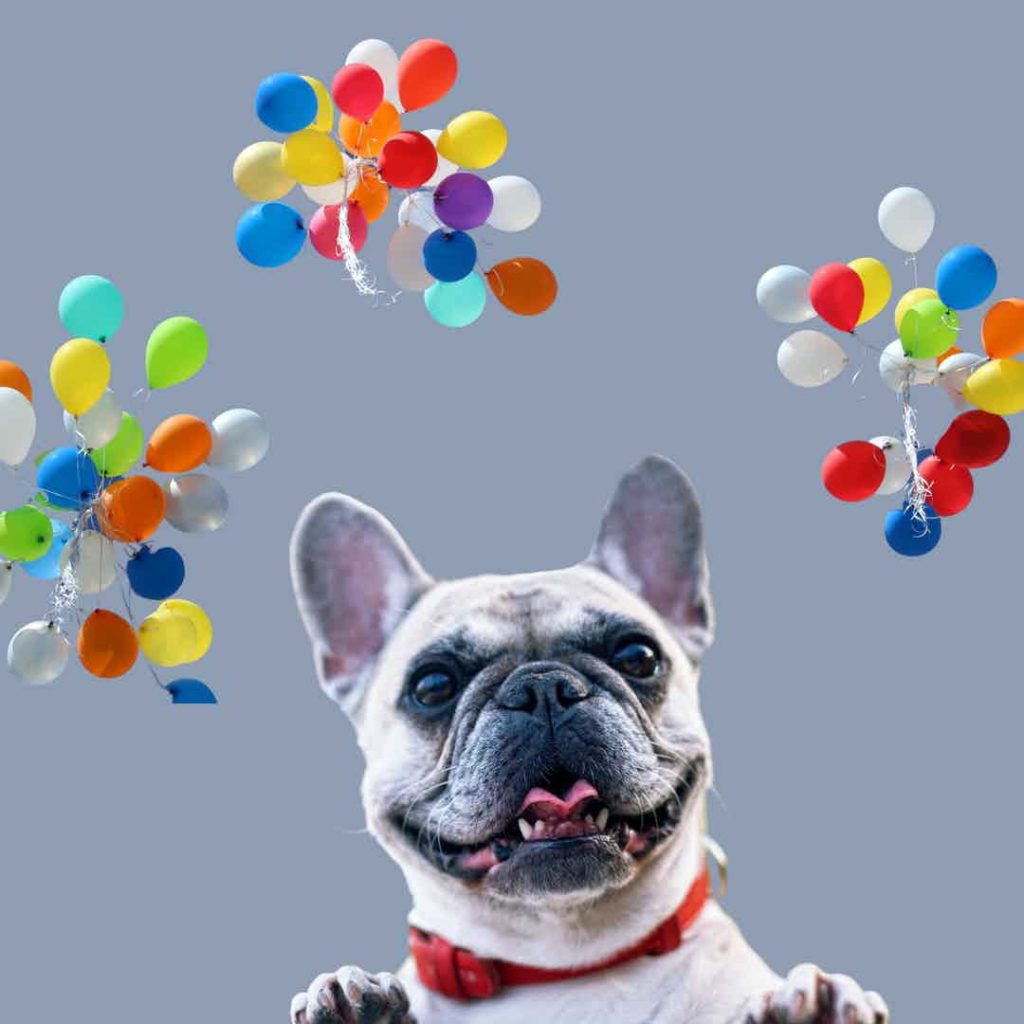
We love summertime and parties, and we want to be sure you consider decorating with something other than balloons. Believe it or not, they can be more harmful to the environment than you might think. Even though they fly up into the sky, they end up returning to earth with a bang… quite literally! Not only do balloons pollute the land, river, and ocean, but they are mistaken for food and eaten by animals, and many end up tragically suffocating as a result. Even biodegradable balloons can be harmful. For example, latex balloons can take up to four years to decompose fully and deteriorate more slowly in seawater. Many states across the US have banned balloon releases, including California, Texas and New York. If you are looking for a fun way to celebrate an event or raise money for charity, here are some fun balloon alternatives. 👍 Bubble blowing – everyone loves to blow bubbles and watch as they fly through the air 👍 Banners, streamers and pinwheels – they’re reusable and add a vivid pop of color to your event 👍 Kites – kites look absolutely stunning, and everyone can have a go at flying one 👍 Plant trees or flowers – this is a lovely way to celebrate an event and longterm reminder 👍 Consider a virtual balloon release – people can decorate a balloon and release it on the internet Paws Note: Remember, it’s hard to believe, but even one small lifestyle change like this can result in a big impact! Bark on!
Recycling by the Numbers

What do recycling symbols mean? When you use plastic packaging, you will find a number on it. No, it’s not the number of belly rubs we want… or is it?! It’s actually something that is known as an SPI code – a guide to tell you what type of plastic it is and whether it is recyclable or not. Also, if the product contains the three arrows forming a triangle – the universal recycling symbol – it doesn’t mean the item can be recycled. Some items use the symbol to indicate that the product is made of recycled material. The same piece of plastic can only be recycled about 2-3 times, and then it reaches a point when it can never be reused. Here’s our handy guide to the seven different plastics and what the symbols mean. The higher the number, the more difficult the material is to be recycled. Please remember, all plastic contains toxic chemicals that end up in our environment whether or not we recycle them. Steer clear of using plastic. #1: PET or PETE Polyethene terephthalate is commonly used for packaging as it is light, cheap and can be recycled. You can find it in water bottles, salad dressing, peanut butter, jam, pickles, sauce containers, and even in polyester! This plastic can leach chemicals into anything you store in it. To recycle it, give it a clean and pop it in your curbside recycling. #2: HDPE High-density polyethene is similar to PET. It’s commonly used in packaging and is easily recycled – but should only be used once before recycling. You can find it in juice bottles, shampoo bottles, plastic bags and plastic wrap. Bottles can be put in your curbside recycling, but bags and plastic wrap generally can’t be recycled – best to check with your local waste management team. #3: PVC or V Polyvinyl chloride and vinyl are tough plastics that can withstand the elements – think piping, windows and siding. These plastics typically can’t be recycled, but some plastic lumber makers may accept them. You should never burn PVC or vinyl as this can release dangerous toxins into the atmosphere. #4: LDPE Low-density polyethene is a flexible plastic often used to make everything from squeezy bottles to furniture! This plastic didn’t use to be recycled, but more and more places now accept it. Check with your local waste management team to see if they’ll take it. #5: PP Propylene has a high melting point and is used for containers that hold hot items. PP is generally accepted in curbside recycling. If it is, just give it a clean and pop it in! #6: PS Polystyrene is commonly used for packaging as well as disposable plates and cups. You’ll be sure to recognize it’s lumpy, bumpy texture! Polystyrene is one of the hardest plastics to recycle, and not many curbside recycling programs will accept it. If you put polystyrene in the trash, pop it in a bag before putting it in the bin to stop it from breaking up and dispersing. #7: Miscellaneous Got a plastic that isn’t on this list? It will fall under this number! Plastics like polycarbonate and polylactic acid come under this category. These plastics aren’t usually recycled, but check with your local waste management team. So, there you have it! The seven different plastics that you may encounter during your day-to-day routine! They all leach toxic micro plastics into our air, food and water supply – all of which we consume! Our advice… avoid plastic use at all cost.
The Plastic Bank!
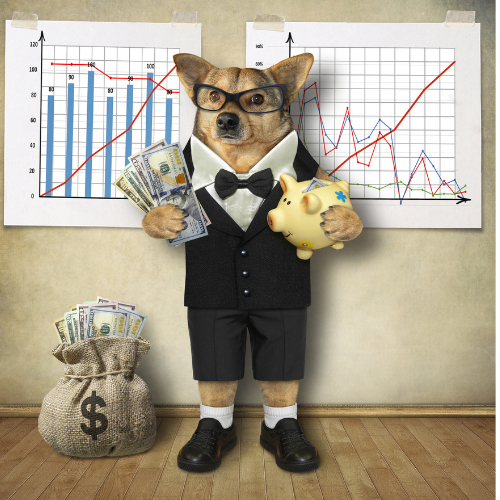
How do you turn plastic into gold? It’s a bit of a conundrum! There’s a great initiative called Plastic Bank that helps recycle plastic and gives developing communities an opportunity to grow and flourish. Sign us up! How does Plastic Bank work? Formed in 2013, Plastic Bank works in countries like Haiti, Brazil and Egypt. People in the communities there collect plastic from and nearby the oceans and rivers. They then take the plastic to local recycling markets set up by Plastic Bank and receive a premium for the plastic they gather. They can then use the money to buy things like groceries, health insurance and schooling. What happens after the plastic is collected? Plastic Bank recycles and processes it, turning it into something called ‘Social Plastic’. Manufacturers can buy this plastic to create more environmentally aware products. There are lots of big companies using social plastic at the moment, including Aldi, SC Johnson and Shell. This creates a circular economy where plastic is bought, used and then repurposed. And here at doggoneplastic.com, we love going round and round in circles! Plastic Bank currently works in 558 different locations around the world and has recycled a staggering 22,775 kg of plastic! Given that the average person generates 84 kilograms of plastic waste a year, that’s a lot! Plastic Bank is not only changing the way that companies buy plastic, but is changing life in poorer countries too. Some schools in Haiti now accept plastic in place of tuition fees! Find out more at: https://plasticbank.com/
Safe Toys!

Did you know that the U.S. has zero safety regulations for the materials in dog toys? Our furry friends put plastic-laden and chemical leaching toys in their mouths every day. Even worse, when boredom strikes and our pooches have moved onto the next fun and fresh toy, the old ones get tossed in a landfill where they will never biodegrade, but continue to leach chemicals into our land, streams, and oceans. Argh. Thank goodness for www.HonestPetCompany.com, a company committed to making eco-friendly pet products consisting of natural and sustainable hemp fabrics, organic wool, and catnip. Their toys are durable, earth friendly, and made of safe materials. We’re proud to give them a 5-Paw Review! All products are made in the U.S. Josie loves them, and we think your dogs will too! Go #consumerplasticpower! Bark on!
Eco-Candy!
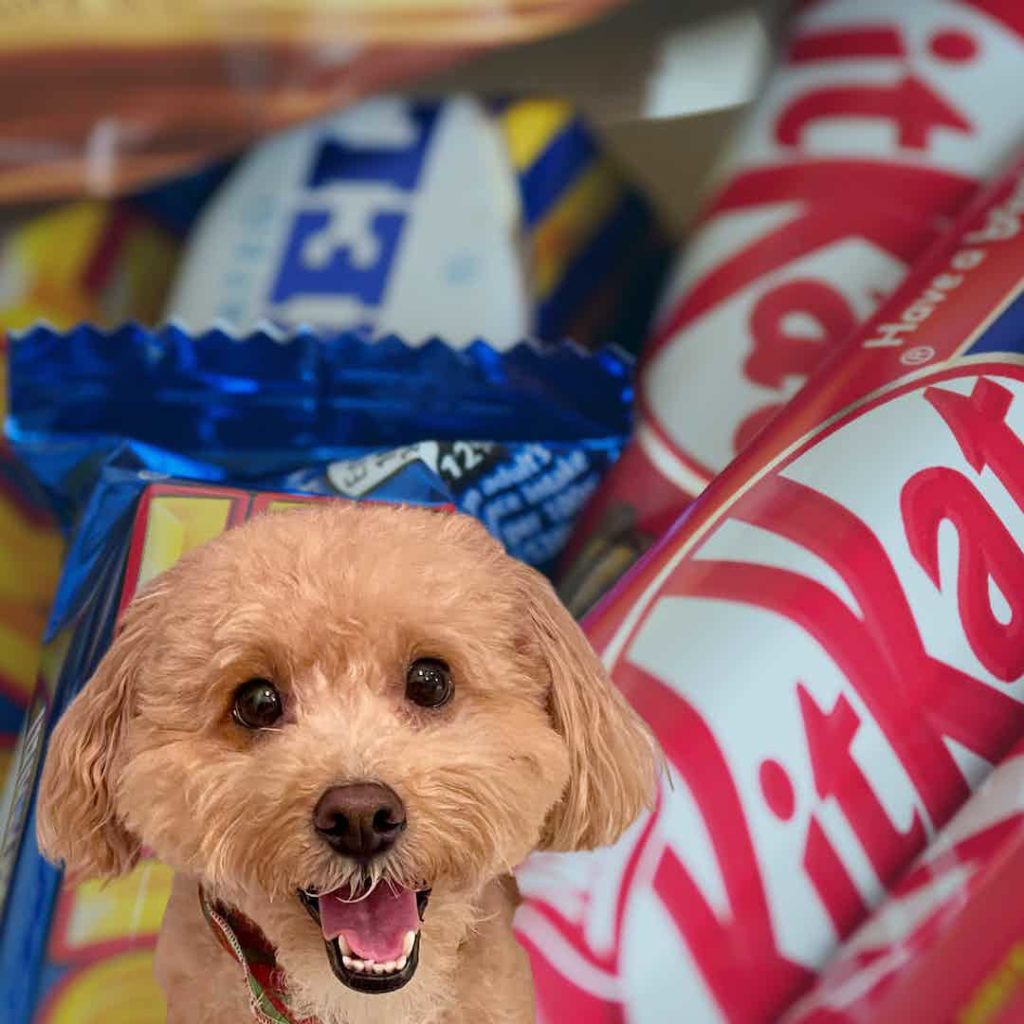
Got a sweet tooth but love to recycle? Don’t get your snickers in a twist! We’ve got you! Here is our guide to tasty eco-packaged candies. What’s the issue with candy wrappers? Many candy wrappers are made from a combination of plastic and aluminum. This makes the wrappers hard to recycle, and most recycling facilities won’t accept them. The good news is that are lots of yummy alternatives out there. 1️⃣ Go for foilFoil can easily be recycled, making sweets like Hershey’s Kisses a fabulous option. 2️⃣ Get candy in bulkYou can buy loose candy at some stores where they will pop it in a recyclable paper bag for you. It’s not the ideal choice for Halloween or parties as the individual candy isn’t wrapped, but it’s great if you fancy a cheeky bag of sweets all to yourself! 3️⃣ Buy candy in a paper boxAh, Milk Duds. Is a trip to the movies complete without them? The great news is the paper box that this candy comes in can be recycled. So, if you’re looking for green packaging, Nerds, Hot Tamales, Lemon Heads and Milk Duds are fantastic choices. Candy packaging is evolving all the time with companies coming up with lots of innovative ideas. Use your #consumerplasticpower to encourage companies to continue down this path! 🐶 Bark on!
Why Do People Litter?

By the Potomac Conservancy Polluted runoff is the fastest growing source of pollution to the Potomac River. So it’s understandably frustrating when people add to the problem by flinging their trash on the ground or not recycling properly. It’s easy to oversimplify the problem by blaming thoughtless litterbugs, but in reality, the story of litter isn’t as simple as “good citizens versus evil polluters.” If we want to understand why there’s a litter problem in our community, and how to fix it, we need to understand the mindset of litterers. So, why do people litter? Oftentimes, people litter simply because there isn’t a trash can nearby. Rather than uncomfortably carry trash away with them, people decide it’s easier to leave it behind, according to research done by the Allegheny Front. An easy step toward a solution, then, is to contact local park officials to ask about installing more trash receptacles. Furthermore, Robert Cialdini, a psychology professor at Arizona State University, says the decision to litter is based largely on environmental cues—or what people see around them. “It all comes down to norms, and you get those cues from the environment,” Cialdini told The Atlantic. “People litter for reasons of convenience. They don’t want this thing. The crucial question is why don’t they litter, since the easy thing is to litter. Why would people hold onto a piece of trash? Their attitudes toward the environment make a difference, but what they perceive as the norm is key.” In other words, the decision to litter is based on the actions of other people—for both good and bad. If an area is already highly littered, people are more likely to add more litter, while the cleaner an area already is, the less likely people are to disrupt the scene by littering. 🌟 Solution: Advocate for better local recycling programs or organize a Potomac River cleanup and help create an environment where people feel less discouraged and are less likely to litter! Why Don’t People Pick Up Litter? There is some personal responsibility involved in littering. According to a report done by Keep America Beautiful, people are more likely to litter when they feel “no sense of ownerships for parks, walkways, beaches, and other public spaces.” This sense of ownership, instead, is found around people’s homes and neighborhoods. A study done by the Trash Free Maryland initiative determined that many people, facing litter-filled communities, feel disappointed about the state of their community and wish it were cleaner. However, they hesitate to remove litter from their community because of sanity concerns such as diseases spread and contamination from hidden needles. They also feel a “sense of futility in picking up litter, as there is so much that a new batch of litter blows in almost as soon as the old litter is picked up.” 🌟 Solution: We can combat the feeling of futility by advocating for systemic fixes to stop litter before it gets to our homes, like legislation promoting reusable, non-plastic products. How does litter affect our mental health? While being outside is one of the best ways to boost your mental health, that effect is dampened when the outdoors is trashed with plastic and litter. A 2016 study found that littered coastal environments were less liked, resulting in a lower mood, and were less likely to be restored. So how do we work with community members to solve this problem? According to the Trash Free Maryland study, many community members feel disheartened by the litter in their neighborhoods and wish they were part of trash-free communities. 🌟 Solution: This is good news because if people long for a nicer community, all it takes is organizing to turn that willpower into action! So let’s do our part, lead by example, and share with neighbors and friends the simple ways we can all contribute to a trash-free environment. Want to break the cycle of harmful litterand keep the Potomac River clean? Volunteer at a trash cleanup! SIGN UP TO VOLUNTEER 🚮 Correction: In a previous version of this post, we mistakenly stated that the state of Maryland has passed a plastic bag ban. We sincerely apologize for the error! Here’s what actually happened: Maryland’s state House has passed a single-use plastic bag ban with wide support, but the state Senate voted it down two years in a row. The bill would have gone into effect July 2022. The good news is that cities and counties in Maryland are leading the way! 1) Plastic bag bans are in effect in Takoma Park and Baltimore County 2) Straw bans are in effect in the District, Montgomery and Prince Georges Counties 3) Foam container bans remain in the District, Montgomery and Prince Georges Counties A special shout-out to our friends at Trash Free Maryland and Maryland LCV who have been leaders on this issue and working with Potomac Conservancy and the community to fight for litter-free waterways. Together, we’ll continue to strengthen water protection laws!
Life Without Plastic
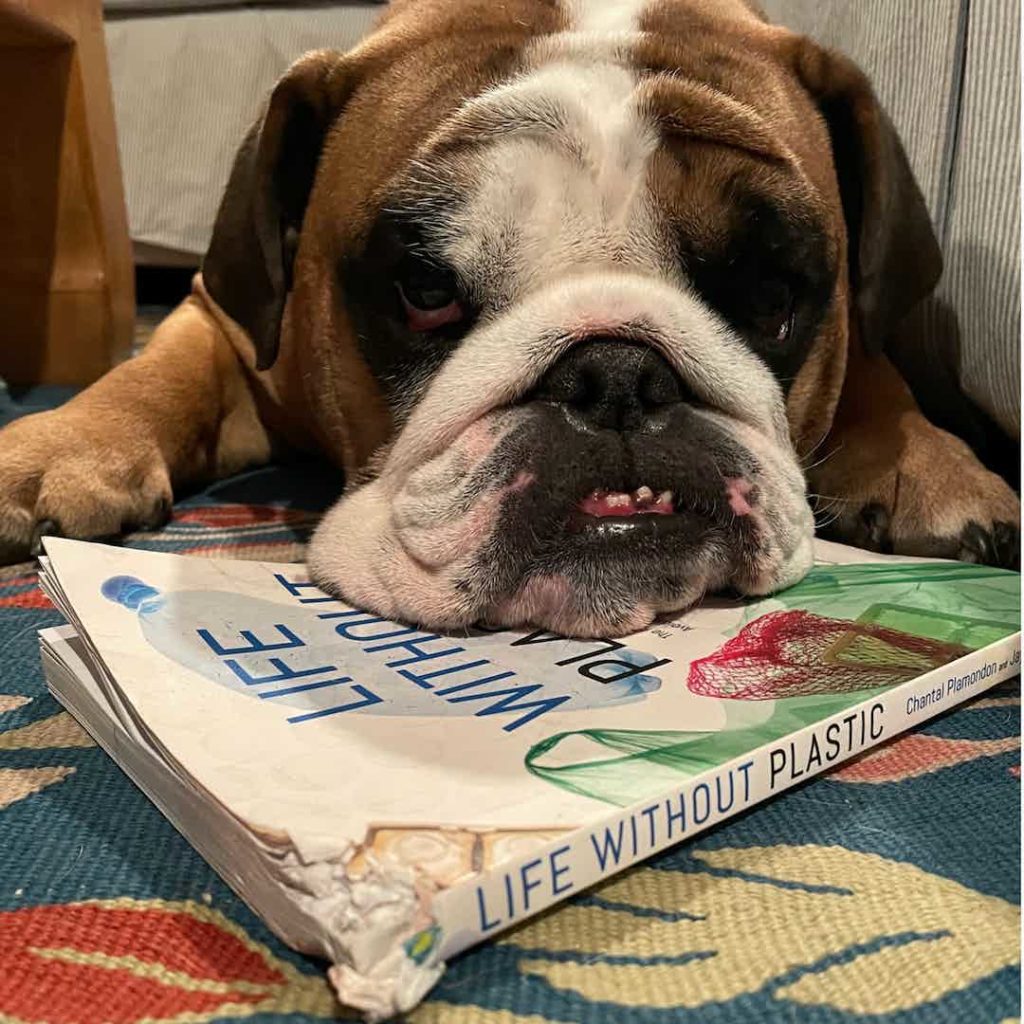
If you’re looking to start a #plasticfree lifestyle, you may be wondering where to begin. If this is the case, this book offers an awesome way to get started in ditching the plastic! Life Without Plastic was written by Chantal Plamondon and Jay Sinha, who developed the idea for the book when looking for alternatives to plastic baby bottles when their son was born. It begins by recognizing the significant role plastics have played in shaping our lives, but acknowledges that we now have to move away and search for alternatives. Life Without Plastic delivers an easy-to-follow crash course in the different types of plastics out there, what alternatives you can use, as well as lots of fantastic resources. The book takes us from room to room – illustrating all the ways we can adopt alternatives, whether for brushing our teeth or taking out the trash. Thankfully, this book isn’t preachy or demanding. Chantal and Jay urge us to remember that the journey to move away from plastics will take time, effort, and a lot of hard work. The book itself is #plasticfree too as it is printed using BPA-free ink. How cool is that?! Grab a copy of this book today, and let it help unleash your #plasticfree lifestyle! You can buy copies of the book as well as environmentally-friendly treats on Chantal and Jay’s website: http://www.lifewithoutplastic.com
Ocean Plastic: Small Changes Matter!
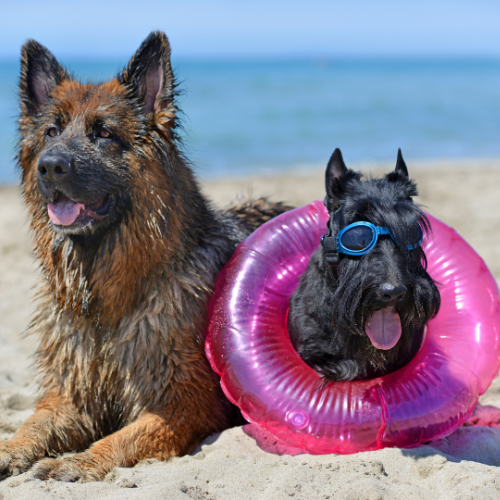
Did you know that most of the garbage in the ocean is plastic? According to a recent study by Nature Sustainability, 14% of trash in the ocean consists of single-use plastic bags and 12% plastic bottles. Food containers, wrappers, and plastic caps can all be found bobbing around in the water too! Plastic doesn’t biodegrade in the water; it just breaks down into smaller pieces called microplastics. There is even a place in the Pacific Ocean called the Pacific Trash Vortex, which is just a big pile of plastic that spins around and around. Phew, it’s making us dizzy just thinking about it! Microplastics are really dangerous. Wildlife like fish, birds and turtles can mistake microplastics for food, causing them to suffocate. Microplastic can also get into our water supply, contaminating it and causing illness. So, what can we do to stop plastic polluting our oceans and rivers? The main thing is to start taking small steps to stop as much plastic as possible from going to landfill. When plastics are sent to landfill, they are so lightweight that they can blow away, and end up in the rivers, seas and oceans. Stopping products going down the drain helps too. Even little things like flushing cotton buds down the toilets and washing synthetic fibres in the washing machine can contribute to ocean pollution. Let’s take small steps together to help turn this tide!
Wag for Bamboo Toothbrushes

Here’s an easy #plasticfree trick to make your tail wag – swap out your plastic toothbrush for a biodegradable #bambootoothbrush. What’s the treat? A fantastic toothbrush plus the joyful satisfaction of knowing that your simple action removes a stick of plastic from the mountain of one billion plastic toothbrushes tossed in landfills each year – over 90 million piled up to date! Also, the satisfaction of knowing that bamboo is a fast growing plant that requires no pesticides, fertilizers, and little water to grow really quickly. Most #bambootoothbrushes have soft nylon bristles that effectively remove bacteria from your teeth and mouth. And, product reviews consistently affirm that #bambootoothbrushes also #whitenteeth super well. Many online “eco-retailers” sell bamboo toothbrushes – just search and choose one that appeals to you. Buying from these small businesses will help fuel the growth and awareness of #plasticfree products. Please, think about it, try one, and unleash your #plasticfree lifestyle. Bark on! Kirby, Dog Ambassador
